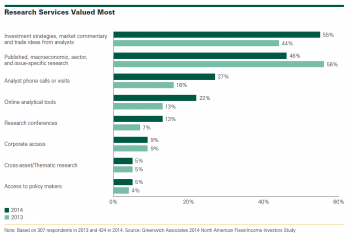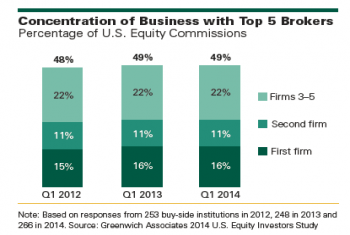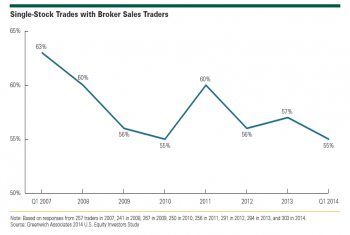Canadian Institutions Use ETFs for Strategic and Tactical Applications
More institutions are looking at ETFs not just as tools for tactical portfolio adjustments, but as a means of efficiently implementing their broader investment strategies.
More institutions are looking at ETFs not just as tools for tactical portfolio adjustments, but as a means of efficiently implementing their broader investment strategies.

The percentage of clients rewarding dealers for fixed-income research doubled over the last two years and research in more illiquid products is even stronger.

U.S. institutional investors concentrate even more of their rates-trading business with big banks.

Branding is emerging as a top priority for asset managers post-crisis, but when it comes to building a strong brand and differentiating themselves from competitors, asset management companies face specific challenges.
U.K. institutions investing in real estate debt may find better risk-adjusted value in whole or mezzanine loans.
For institutional financial services, a bottom-up index such as GQI provides a window into customer business allocations.
New regulatory safeguards, coupled with an economic environment that is driving both supply and demand for structured derivatives, mean the OTC derivatives market is not going away.

As they pare back on their lists of brokers and providers, most institutions rely on the “broker vote” to determine which firms to keep, and ultimately, how their research and advisory service dollars will be apportioned.
U.K. consultants report strong demand for core real estate but think clients will be slow to move to value-added space.

Armed with next generation technology, the sales trader of the future can provide clients with custom-feel service despite a challenging commission environment.
Access timely info via personalized dashboard
Receive webinar invitations and set up your preference
Save Coalition Greenwich Research in a personal folder